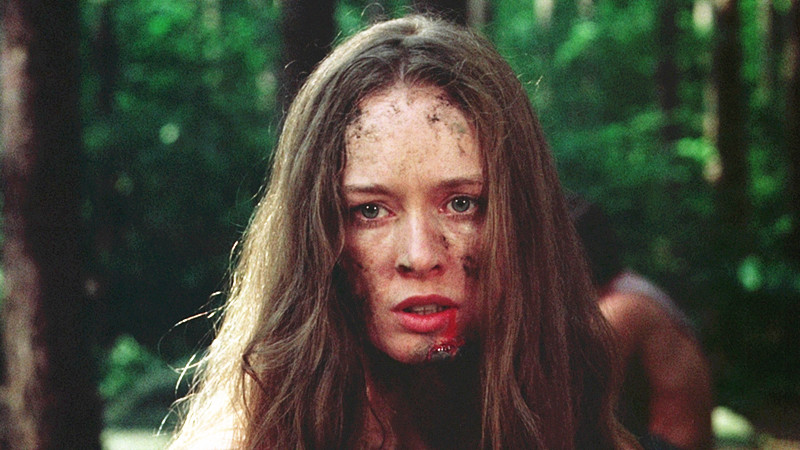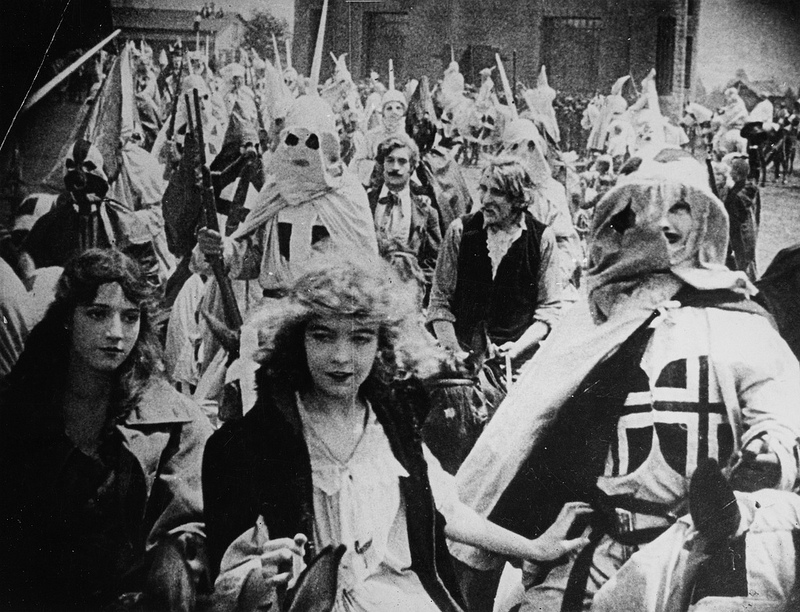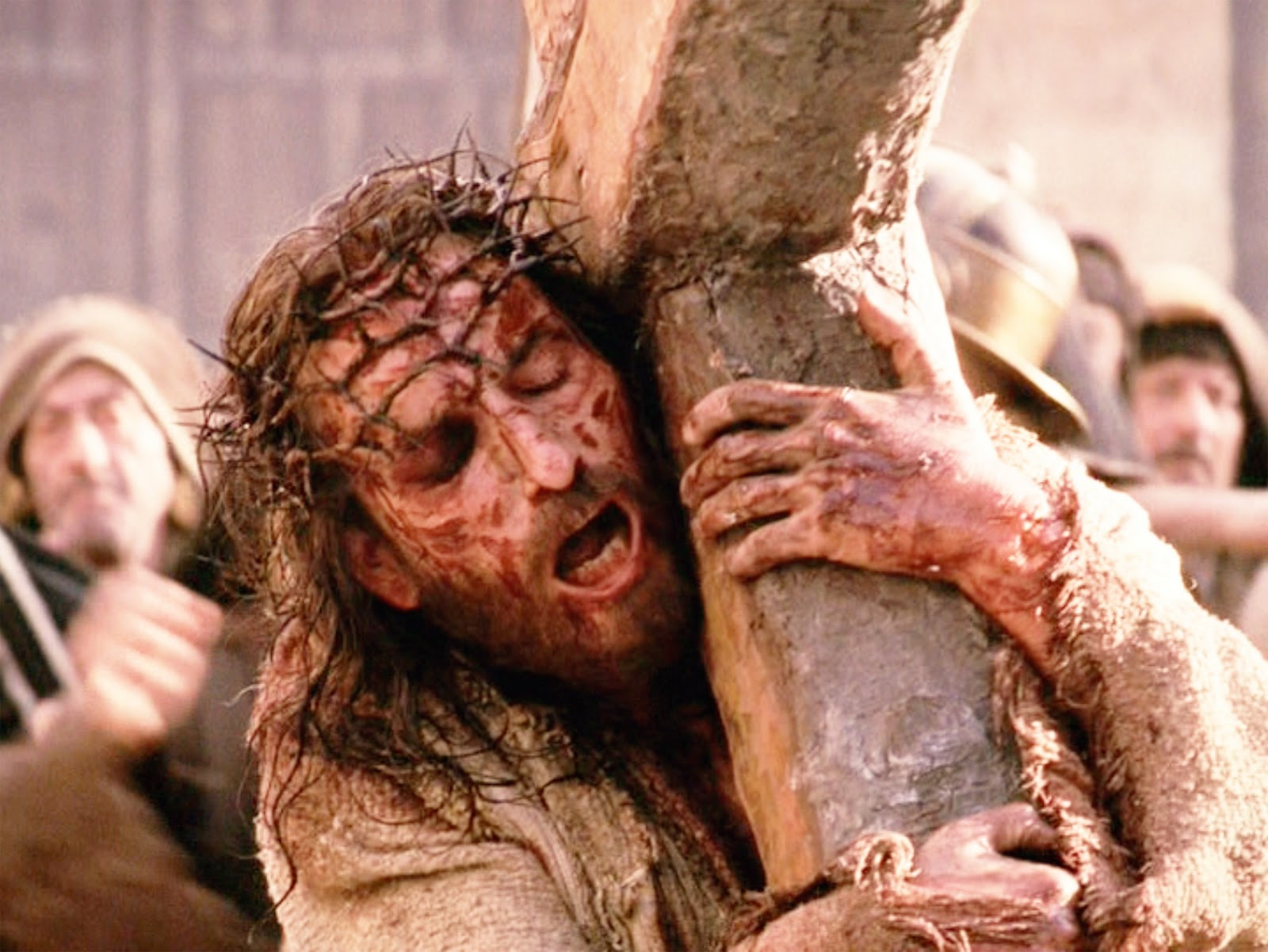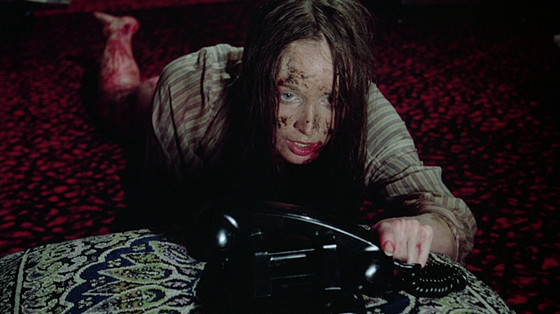
In 2019, outrage culture is expanding each day and material that would have been considered innocuous a mere ten years ago inspires dozens of think pieces on how “problematic” it is.
In retrospect, this means that if a film was controversial in the past, there’s a good chance that it was more provocative than anything that could get released today. With that in mind, let us examine the underbelly of cinema through ten of the most controversial movies of all time.
10. The Birth of a Nation

Any list of the most controversial films ever that did not mention D.W. Griffith’s most successful movie would be guilty of a massive oversight. Divided into two parts, the first focuses on the American Civil War, and the second on Reconstruction. The film’s infamy lies entirely in its second half, which portrays the Ku Klux Klan as a heroic force and explicitly argues for white supremacy.
When The Birth of a Nation premiered, the Ku Klux Klan was a distant memory of the turbulent postbellum South, but its popularity led the terrorist organization to reemerge in greater numbers than before. While the film is utterly despicable by modern standards, it even managed to create controversy back in 1915, inspiring bans and riots in certain American cities.
The film remains well-known due to its ideology and social impact, as well as its influence on the development of cinema. It introduced editing and photographic techniques not witnessed in movies before that have become standard parts of film language.
For decades, it has been studied by film students for both its filmmaking and its horrid racism, though in recent years its racism and role in the history of the Klan has understandably overshadowed discussion of its other importance.
9. L’Age d’Or

Made during a period of Salvador Dalí’s life when he had nothing but contempt for the Catholic faith he was raised in, L’Age d’Or is a film that is angry at just about everything. From religion to classical art to order to beauty. It’s a series of dreamlike and nightmarish sequences pieced together with no real plot, though Dalí finds time to desecrate Christian iconography and the very idea of narrative.
The appeal of the film (and the more famous of the two Dalí/Buñuel collaborations, Un Chien Andalou) is twofold: one can either try to decipher the meaning of the bizarre moments (Why did a cow suddenly appear on the bed?
Why is that woman sucking on a statue’s toe?) or one can mindlessly wander in the alternate reality that the film creates. Both Buñuel and Dalí were apologists for totalitarian political ideologies; ironically, no other filmmakers have captured the anarchic spirit on film as well as those two.
While tame by modern standards, L’Age d’Or provoked major controversy among French nationalists for its attacks on traditionalism, and their protests managed to get the film banned in France for decades. The film was withheld from distribution for nearly fifty years. It deserves far more praise and attention than Dalí’s warmup picture, Un Chien Andalou, but its obscurity likely prevented it from reaching as many people as it deserved to.
8. Song of the South

Walt Disney’s Song of the South was envisioned as a liberal film which portrayed African Americans in a more positive light than the work of Stepin Fetchit or Oscar Micheaux. However, critics at the time felt that it reinforced negative racial stereotypes.
In response to this, the Walt Disney Company has never released Song of the South on home video, except for a brief period where it was available on LaserDisc in Japan, which is rather odd given that other Disney films that have garnered similar criticism, like Dumbo and Peter Pan, have gotten released on home video over and over again.
Disney’s obvious embarrassment over Song of the South has allowed the film to become far more infamous than it may have been had they just released it, perhaps with special features analyzing it as a product of its time.
At this point, however, the company has done so much to give the film a negative reputation that that will likely never happen. Song of the South will forever live as a curio that oddball film buffs will torrent on illegal sites, all while the Mouse Upstairs is powerless to stop it.
7. The Passion of the Christ

The film sensation of 2004 was as violent as films come. The violence is as realistic as possible, but that had little to do with its controversy. Critics accused it of stoking antisemitism like the passion plays of the medieval period.
Earlier directors who made film’s about Jesus’ life, like Cecil B. DeMille or Franco Zeffirelli, worked hard to make sure that their films could not be read as antisemitic diatribes, but no such precautions seem to have been made by The Passion’s director, Mel Gibson. Gibson may have been able to ward off such accusations of antisemitism if not for the fact that he has made disparaging remarks about the Jewish people.
To make things worse, he said the film’s literary sources were not just the canonical gospels, but also the Dolores Passion – a collection of the spiritual visions of Blessed Anne Catherine Emmerich, a Catholic nun who has been denied sainthood by the Catholic Church because of the antisemitism contained in the Dolores Passion. The controversy aroused the curiosity of millions of movie goers, and the film became one the of the most profitable independent films of all time, with a gross of over $600 million.
6. I Spit on Your Grave

I Spit on Your Grave was released at the height of the grindhouse and the Second Wave feminist movement and fits into both, depending on what you want to see in it. Director Meir Zarchi was driving one day when a bloody woman crawled out of the woods. She told him that she had been raped by a stranger. He took her to the police and the perpetrator was never found. His anger that justice was never served led to the film I Spit on Your Grave.
The narrative is simple: a woman is raped by four men, then tracks each one down and kills them. Stories of a similar nature can be found in everything from the Bible to Shakespeare’s Titus Andronicus to the films of Ingmar Bergman, but what separates I Spit on Your Grave from what came before it is how graphic and long the gang rape is, clocking in at 30 minutes.
Some critics, like Roger Ebert, decried Grave as misogynistic trash for men who want to see women hurt. Others, like Julie Bindel, saw it as a feminist film designed to get the audience to sympathize with an abused woman who eventually asserts power over her abusers. What’s most unsettling about the film is that it can be both.